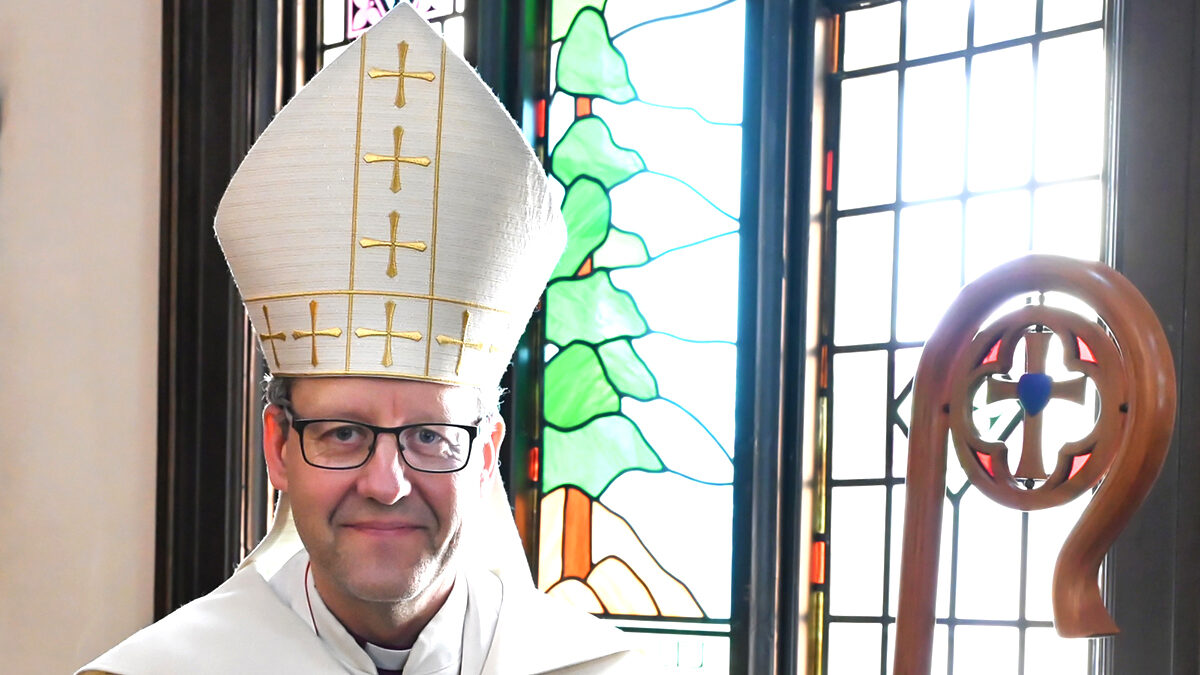As an Estonian Foundation of Canada (EFC) board member from 2008-2016, I was privileged and honoured to serve on the leadership team of this organization, whose primary mandate is to support Estonian community programming and activities across Canada, including the most important sector, our youth.
Reformed and energized through the leadership of Lia Hess in the early 2000’s, EFC was transformed into an efficient fundraising organization that helped improve programming and increased community participation across Canada through various efforts. Large EFC-initiated events like “Laulge kaasa!” and “An Estonian Christmas” brought together Estonians in Toronto who hadn’t participated in community events for decades. Similar growth was experienced in Montreal, Ottawa, Alberta, Vancouver and elsewhere in Canada, thanks in large part, to funding support from EFC.
During my tenure at EFC, donation revenues were always a concern, as the EFC board wished to provide as much support as feasible to all deserving community groups and events.
Another key concern of that time, was the increased amount of funding directed to Toronto Estonian House rental payments, which enable our community organizations to continue using space at Estonian House. Upwards of $80,000 to $100,000 annually flowed to the Toronto Estonian House in those years, to help fund maintenance and urgent repairs. These funds could otherwise have gone to improving schools, camps and events, or they could have been invested to help ensure continued funding in future years.
Some of us wondered if there was a way to reduce the overall amount that our community was spending on maintaining real estate so that we could better sustain community organizations. After all, the aggregate amount of space our community owns in Toronto far exceeds total community needs, including the Baptist Church on Broadview, St. Peter’s Church on Mount Pleasant, Estonian House, Tartu College, Ehatare and eventually VEMU.
This is why community consolidation was actively investigated by the EFC when it learned of the city’s intent to sell the city-owned parking lot adjacent to Tartu College, and the simultaneous private sale of the house adjacent to the parking lot on the north.
With mounting costs for rent and maintenance of the Estonian House, three redevelopment studies and three unsuccessful redevelopment proposals (which cost the Estonian House and our community, hundreds of thousands of dollars), many of us felt a new direction had to be considered and investigated.
Consolidation to one core location, combining the existing space in Tartu College and the planned expansion of VEMU, seemed to be an optimal solution – especially if adopting the Tartu College model of relying on third-party revenue to fund space used by our community. EFC saw this as an ideal way to provide low-cost or rent-free space to our Estonian schools, singers, folk dancers and other cultural heritage groups, thereby helping to ensure community sustainability.
However, recent developments appear to indicate that priorities have become clouded in the subsequent years. Instead of focusing on a sustainable solution which provides very economical space for community organizations, the future of our culture and heritage in Canada are seemingly being mortgaged to pay for space where the primary focus is no longer on community groups, but tech-accelerators, new commercial space for the credit union and elegant open-concept banquet space.
Why am I speaking out about this now? This month, current EFC board members have apparently been tasked with speaking to community leaders who direct our cornerstone youth organizations. EFC will advise them that the funding upon which they have relied will be cut back immediately by 25% and in some cases up to 50%.
Our community volunteers are being told that EFC has spent and/or is committed to using a significant share of its base capital – in excess of $2 million – to help fund the new Estonian Centre. Since EFC’s focus on fundraising and efforts at securing donations have declined over the past few years, our youth organizations are now being forced to bear the burden of that project commitment through severe and very sudden funding cutbacks.
EFC’s energetic support of the new Estonian Centre next to Tartu College is welcome. However EFC’s commitments to funding more than $2 million in capital to this project is excessive, especially when taken as a proportion of EFC’s overall liquidity in comparison to other Estonian Centre partners and its mandate to fund programming. It seems that EFC has opted to forfeit regular, significant annual investment income -which has helped fund key incubators of our community – the schools, camps, choirs, dance groups, etc- in return for what seems to be an illiquid ownership stake in the new Estonian Centre. And although a portion of their investment may be structured as a loan, it’s unlikely that loan would be repaid to the EFC anytime soon – if ever – given the overall funding challenges that the development and construction of the new centre have currently and will likely continue to face.
Community groups are thereby forced into raising annual dues significantly or must consider programming cuts to offset this immediate revenue shortfall and in the worst case, contemplate winding down operations. As someone who directs his donations to youth organizations through EFC, and as a father of two active members of the Estonian youth community, I am deeply concerned.
As commercial entities, the other three pillars in the Estonian Centre consortium could help by acknowledging the critically important funding role of EFC in our community. Perhaps they and their shareholders/members, might consider directing a small portion of their significant assets towards lifting the unfair financial burden that this project is ostensibly placing on our youth cultural and heritage groups?
A community-focused sustainability strategy must be the number one priority for the new Estonian Centre. Currently, it is not. A re-evaluation of community needs is desperately needed, to ensure that community organizations are provided space, either free, or at levels which ensure long term sustainability. Let’s not forget that affordable and reliable alternatives do exist for our community organizations, including church basements and other community centres, among them the Latvian Centre. But an “International” Estonian Centre, without Estonian community organizations, is not much of an Estonian community centre at all.
The development of the new Estonian Centre is welcome and necessary. However we must not bankrupt the future of our heritage in Canada to achieve this objective.
Marcus Kolga, Toronto




